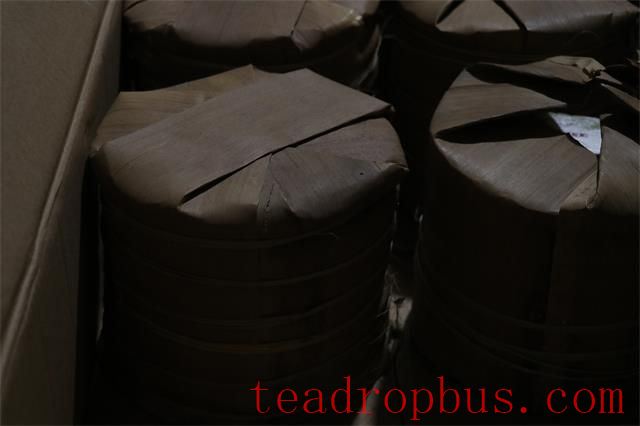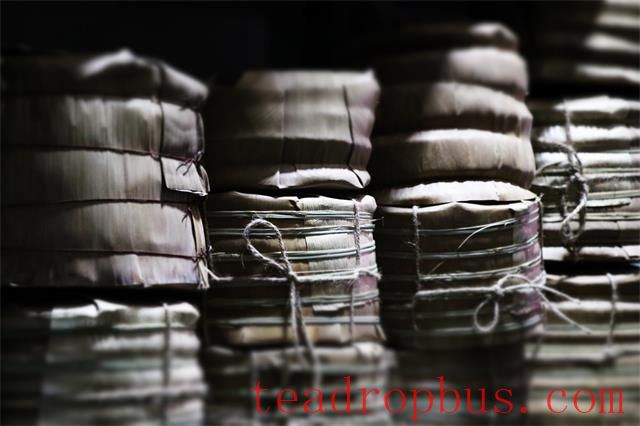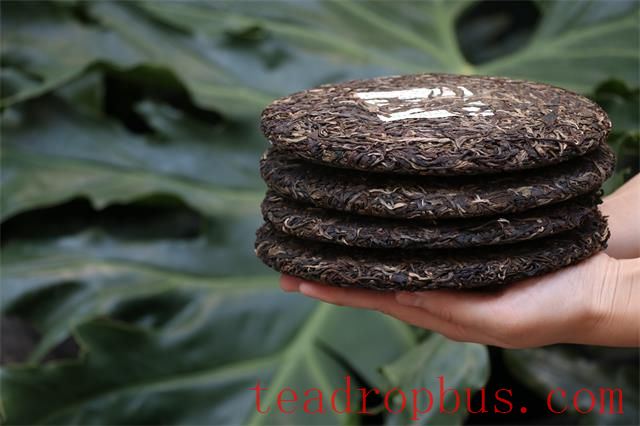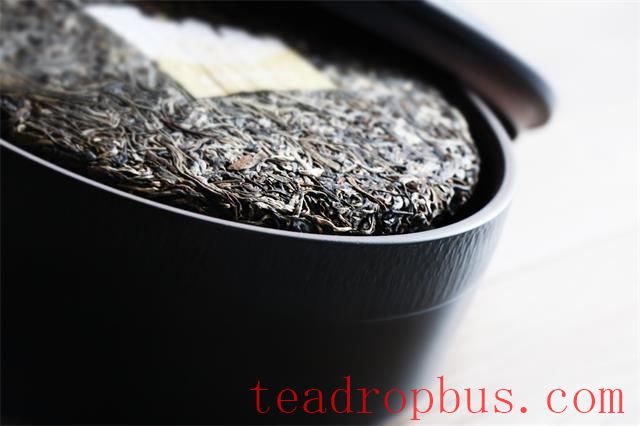The shelf life of Pu'er Tea is 10 to 20 years. Pu'er tea is made from unique large-leaf varieties, and is divided into raw and ripe teas based on processing methods. Its leaves are thick and robust with rich internal qualities that allow for aging. Therefore, there isn't a fixed expiration date. Generally, it can be stored for 15 to 20 years. According to the standard GBT22111-2008 Pu'er Tea, under proper storage conditions, it can be kept for an extended period.

How Long Until Pu'er Tea Expires
Pu'er tea does not expire. Pu'er tea and dark teas like Heicha undergo full fermentation and have a shelf life of 10 to 20 years. For this reason, no specific expiration dates are set by national standards. Properly stored, these teas improve in quality over time.
For example, aged Wuyi rock tea develops a rich aroma and a mellow taste; Hunan Heicha, Hubei Fu Brick tea, and Guangxi Liubao tea, if stored properly, do not spoil but instead enhance their quality.
The storage of Pu'er tea is very particular. It should not be exposed to sunlight and must be protected from moisture. If unopened and stored in a cool, dry, well-ventilated area without odors, it can be kept for decades. However, Pu'er tea is divided into ripe and raw types, with ripe tea typically stored for 5 to 10 years, while raw tea can be kept for up to 20 years, getting better with age.
To determine whether tea has expired, consider the following: Is it moldy or does it have an old smell? Has Green Tea turned red, with a brownish hue to its infusion? Have the concentration, astringency, and freshness of the taste diminished? Additionally, check the expiration date on the packaging. For loose leaf tea, it's best not to consume it after 18 months.

Pu'er Tea Storage Methods
Method One: Kraft Paper Bags
For individual cakes or small quantities of Pu'er tea, kraft paper bags can be used.
1. Take a clean kraft paper bag, place the Pu'er tea inside, squeeze out excess air, and seal the bag. Nowadays, many bags have zip closures for convenience.
2. If you have several cakes, pack them individually and store them in a study or tea room where the environment is dry and ventilated.
For those in more humid regions, it's best to prepare a dehumidifier and a hygrometer.
Under normal weather conditions, the dehumidifier doesn't need to be turned on; just maintain the indoor humidity levels. During prolonged rainy days, close the windows and doors of the small room and turn on the dehumidifier to create a relatively dry indoor environment.

Method Two: Ceramic Storage
This method is suitable for frequently accessed or opened Pu'er tea and is recommended for short-term storage.
1. Choose a ceramic jar or pot and place the tea cake inside.
This is because ceramic containers are breathable, making them ideal for storing Pu'er tea and for waking the tea before consumption.
2. After each use, cover the container and return it to its original location. Ensure it is naturally ventilated, dust-free, and free from foreign odors.

Method Three: Cardboard Box Storage
Cardboard boxes are a practical method for home storage and don't take up much space.
If your Pu'er tea cakes come in a complete bundle, storage is simple: use the original packaging and seal them in a cardboard box.
1. When using cardboard boxes, pay attention to any odors the box may have. Ensure that the source of the box is clean and odor-free. If there is an odor, let it air out for a while before storing the Pu'er tea cakes.
2. Store the tea in the box as whole bundles whenever possible. For smaller quantities, first package them in aluminum foil or kraft paper bags before placing them in the cardboard box.
When storing tea in cardboard boxes, be mindful of the weather. In southern China, high humidity can damage the boxes. Also, ensure the boxes are stored off the ground and away from walls.